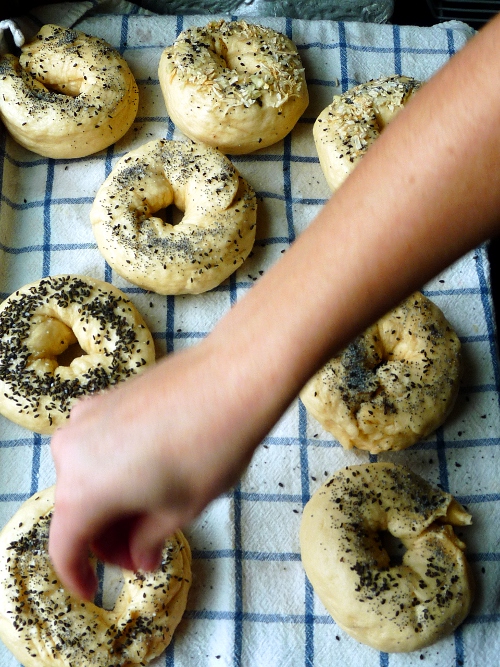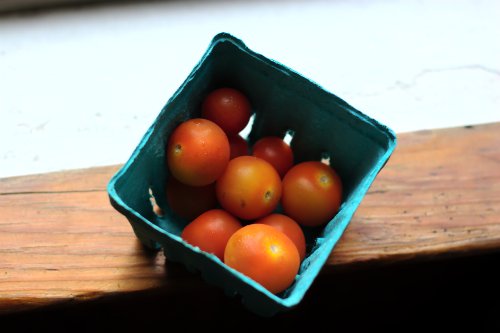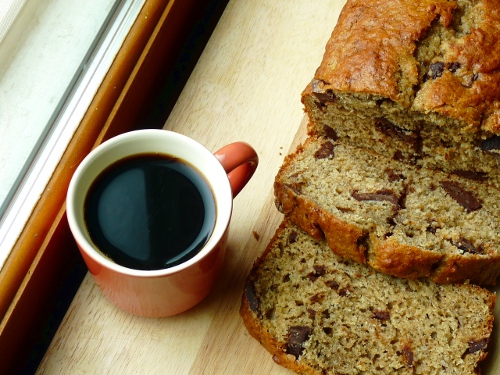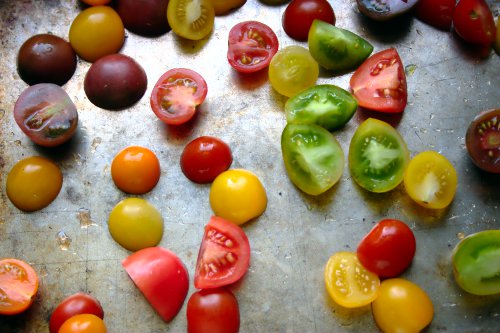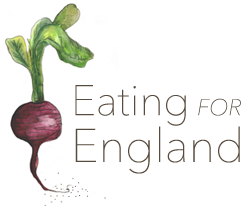
Cream tea is one of those quintessentially English things that people find so crushingly charming about the U.K. Many a visitor to our fair isles latches onto this tradition as a must-do activity. Places like The Ritz hotel offer scones in this fashion in intimidatingly fancy surrounds for scary prices. That whole thing is not my idea of a good time AT ALL. Too much pomp and circumstance when all I want is a good cuppa and a really good scone (and to not worry about slurping said cuppa or getting clotted cream on my chin).

I much prefer little tearooms with lace tablecloths, doilies, bad wallpaper, worse carpet, and honest-to-goodness scones and tea. It’s relaxed, admittedly somewhat “quaint”, but there’s no formality whatsoever, just people of all ilks enjoying a pot of tea and a classic English scone.
Since I know my readership is made up of mostly Americans, followed by Brits and others, I think a little explanation is probably needed.
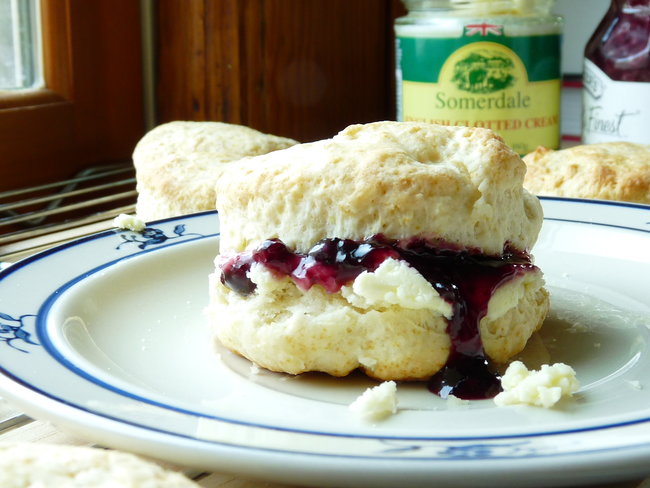
Here’s the deal: American scones and English scones are very different. If you want some visual comparison. Here are some typically American scones. Round-shaped British scones can resemble North American biscuits in appearance, but scones are delicate, with a flaky texture and just a touch of sweetness, while biscuits are a richer, more buttery, decadent affair. Also, while scones are served as part of afternoon tea or as a sweet dessert, biscuits are served more as a bread, often with breakfast.
The standard scone recipe is pretty simple and combines flour, baking powder, salt, sugar, butter, and milk. Felicity Cloak wrote a wonderful piece on how to make the perfect scone which I read thoroughly before beginning this baking expedition. With such few and simple ingredients, I gave much thought to which raising agent would be best, choosing the best local butter for optimum flavour, and how to get the scones to rise evenly. Phew. We’re serious about our scones over here.
I have to say the result was lovely. Soft, fluffy little cakes with rich clotted cream and sweet, fruity jam – nothing could be better.
Scones with Clotted Cream and Jam
adapted from BBC Good Food and BBC Food
Ingredients
- 225g/ 8oz plain (all purpose) flour
- 2 tsp baking powder
- ½ tsp salt
- 55g/ 2oz/ 4 tbsp butter, at room temperature
- 25g/ 1oz caster (white) sugar
- 150ml/ 5fl oz milk
- really good jam, to serve
- clotted cream, to serve*
Directions
- Heat your oven to 220C/425F. Grease a baking sheet and set aside. In a large bowl, sieve together the flour, baking powder, and salt. Working as quickly and lightly as possible with cold hands, rub in the butter with your fingertips until the mixture looks like breadcrumbs.
- Next, stir in the sugar and then the milk until you have a soft but firm dough. Turn out dough onto a floured work surface and with floured hands, pat the dough into a circle about 1.5cm to 2cm thick and cut out the scones using a 5cm/2in cutter or a small glass jar. Place rounds on baking sheet and lightly knead together the rest of the dough and stamp out more scones to use it all up.
- Brush the tops of the scones with milk. Bake for 12-15 minutes until well risen and golden. Cool on a wire rack and serve with good jam and clotted cream. Makes 8-12 scones.
* With a 60% fat content, clotted cream is too thick to pour, but it’s not as thick as butter. You can find it at Lunds/Byerly’s in the Twin Cities or you can purchase it online. Certainly you could make it yourself but golly if I do not want to spend 8 hours tending to cream while it clots. At a pinch, you could substitute heavy whipping cream, whipped until thick and spreadable, or use crème fraîche. The real stuff costs a pretty penny but my god, it’s worth it.




